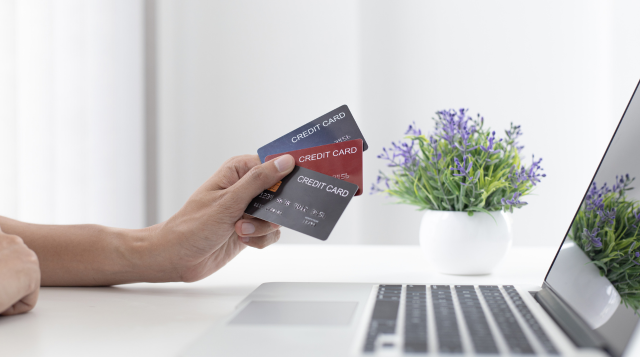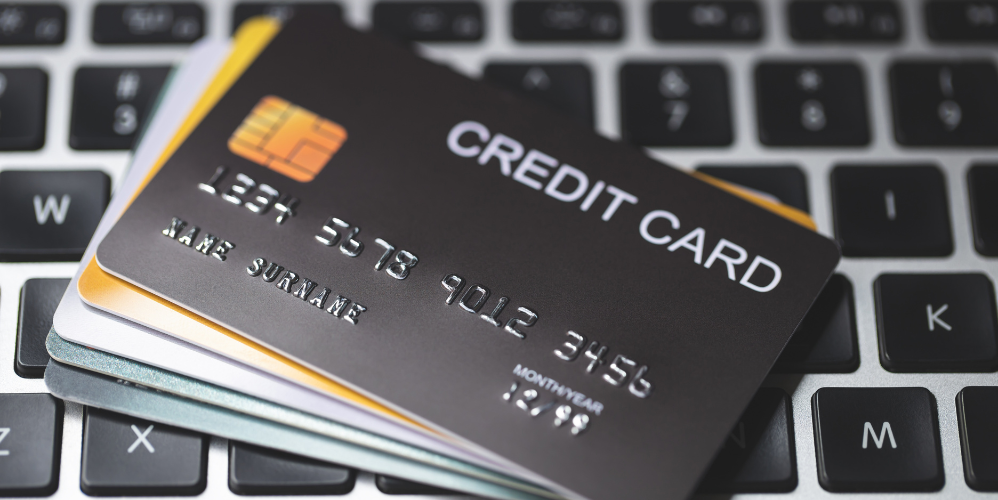Low Credit Line Credit Cards:
Low credit line credit cards are designed for individuals with lower credit scores or limited credit histories. These cards typically have lower credit limits compared to cards offered to individuals with higher credit scores. Here are some key points to consider when looking for low credit line credit cards . Secured credit cards are a common option for individuals with low credit scores. These cards require a security deposit, which usually determines your credit limit. Over time, responsible use of a secured card can help improve your credit score.
Some credit cards are specifically designed to help individuals build or rebuild their credit. These cards may have lower credit limits and often come with features to monitor and improve your credit. Certain credit cards are targeted at individuals who are new to credit or have limited credit histories. These cards may offer lower credit limits initially, and the limit may increase as you demonstrate responsible credit behavior.
Retail or store credit cards are often more accessible to individuals with lower credit scores. These cards may have lower credit limits and are usually associated with specific merchants. Some credit unions and community banks offer credit cards with lower credit limits, and they may be more willing to work with individuals who have less-than-perfect credit.
The credit card market is dynamic, and card offerings may change. Before applying for any credit card, it’s advisable to carefully review the terms and conditions, fees, and features to choose the card that best fits your financial situation and goals.

Also Read: World War 3: The Virtual Battlefield Unleashed
How to tell if you need a credit card for bad credit
With bad credit, one of the most compelling reasons to get a credit card is to build your credit score, assuming you pay on time and keep your credit utilization low. Once your credit score increases, you may qualify for better financial products, which can make borrowing money easier and less expensive.
How to choose a card for bad credit:
- Choosing a credit card when you have bad credit requires careful consideration to help you rebuild your credit history.
- Obtain a copy of your credit report to understand the factors contributing to your bad credit.
- This will also help you identify which cards are more likely to approve your application.
- Secured credit cards require a security deposit, which typically determines your credit limit.
- Unsecured cards do not require a deposit but may have higher fees and interest rates. Consider which option aligns with your preferences and financial situation.
- Pay attention to the fees associated with the card, including annual fees, application fees, and penalty fees.
- Additionally, be aware of the interest rates, especially if you anticipate carrying a balance. Look for cards with reasonable fees and rates.
- Choose a card that reports your payment history to major credit bureaus.
- The goal is to have positive information added to your credit report, helping improve your credit score over time.
- Some credit card issuers offer prequalification tools that allow you to check your eligibility without a hard inquiry on your credit report.
- This can help you identify cards that are more likely to approve your application.
- Consider the credit limit offered by the card.
- While cards for bad credit typically have lower limits, choose one that provides enough flexibility for your needs and spending habits.
- Read reviews from other cardholders to get an idea of the customer experience.
- Look for reviews specific to individuals with bad credit to understand how the card has helped others in similar situations.
- Carefully review the terms and conditions of the card before applying.
- Understand the payment schedule, any grace periods, and the consequences of late payments.
- Pay attention to the APR, especially if you plan to carry a balance. While it’s advisable to pay your balance in full each month, understanding the APR is important for making informed decisions.
Some cards for bad credit may offer additional features, such as free credit score monitoring, educational resources, or the opportunity to upgrade to an unsecured card after a certain period of responsible use. Consider these features when making your decision.

Total Visa Card, Revvi and First Access
The disclosures for the Total Visa Card, Revvi Visa Credit Card and First Access Visa Credit Card look identical. They are full of junk fees that will drag your finances down. To start, you pay a $95 “program fee” to gain access to the card. Then, you pay a $75 annual fee the first year, and a $48 annual fee every year after that. But we’re not done with fees yet. After the first year, you’re also charged a monthly servicing fee which comes out to $99 per year (or $8.25 per month). All these fees are for a $300 credit limit. You can do better.
PREMIER Bankcard Grey Credit Card
The PREMIER Bankcard Grey Credit Card is one of the few options for an unsecured card with bad credit, but it’s incredibly expensive. The APR is 36%. Then, you have to pay a $95 program fee, an annual fee between $50 and $79 for the first year (then $45 to $49), and a monthly maintenance fee. The monthly maintenance fee ranges between $0 and $96 for the first year and $75 and $124.80 for subsequent years.
If it sounds confusing, that’s because it is. You’re better off getting a secured credit card that doesn’t charge a bunch of junk fees.
Alternatives to credit cards to raise your credit
If you have bad credit, there are other ways you can boost your score besides showing how responsible you are paying off a credit card. You may want to consider the following alternatives to a credit card.
Take out a debt consolidation loan
A debt consolidation loan is an installment loan rather than a revolving line of credit. In your credit report, it shows up in a different category from credit cards. When the money is paid off in installments, you not only build your credit history with on-time payments, but you can also take the amount on your credit card to zero, which looks great for your credit utilization ratio.
Set payments to auto-pay
If you don’t already have your payments set to auto-pay, open a new window and do it right now. It’s that valuable because 35% of your credit history is built with on-time payments. If you set up auto-pay, you won’t have to think about being late ever again.
Keep older accounts to increase length of credit history
There are a few things you shouldn’t do when it comes to your finances. For one, don’t close older accounts. A part of your credit score is the length of your credit history, or how long your accounts have been open. Be careful what accounts you close. Of course, if you have trouble spending on an account and would rather have it closed to eliminate temptation, that’s an important consideration as well.
Choose credit carefully
New credit inquiries account for 10% of your credit score. Applying for a bevy of credit in a short amount of time is concerning to credit issuers and your credit score may take a hit. However, they recognize that some inquiries are normal, so be choosy with whatever credit you apply for. To reduce credit inquiries on your report, consider prequalifying with a lender who offers a soft credit check, which won’t show up on your credit report.

Read More: Low Credit Line Credit Cards
